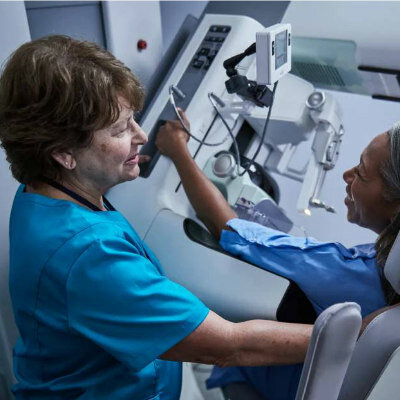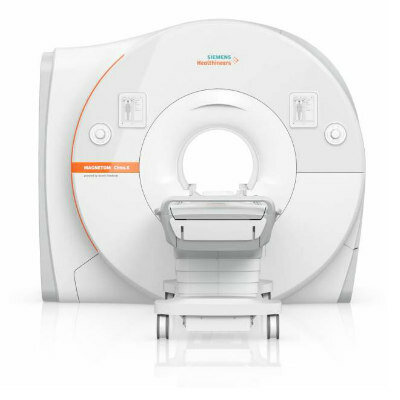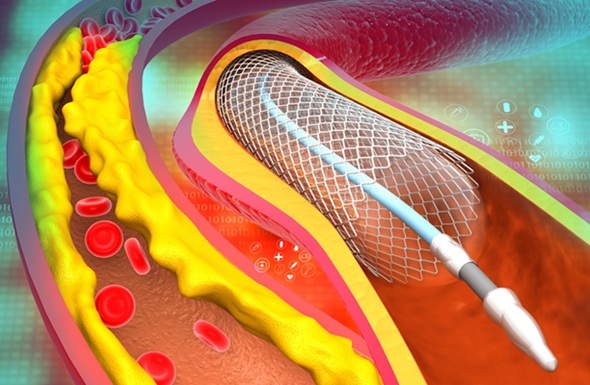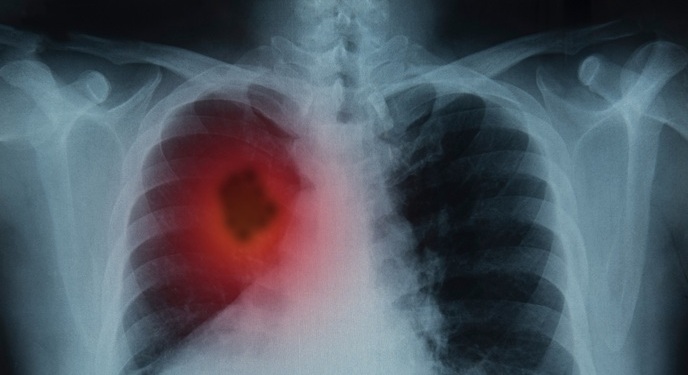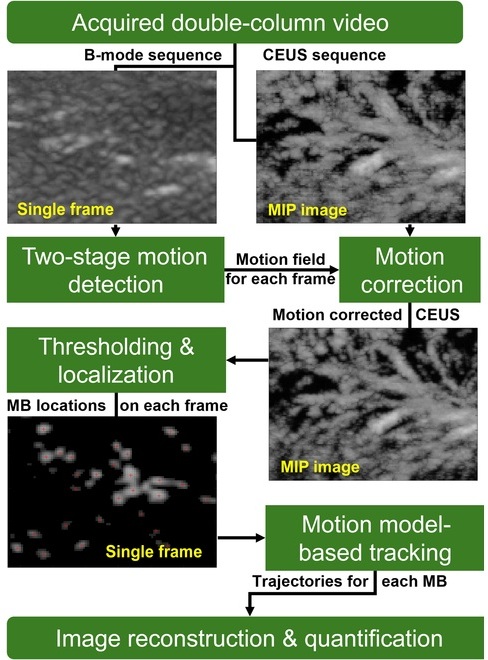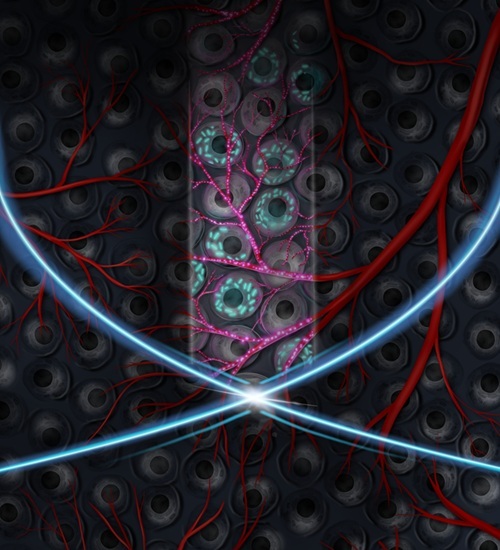Cutting-Edge Hyperpolarized Xenon MRI Scanning Technique Can Detect Previously Unseen Lung Damage in COVID-19 Patients
|
By MedImaging International staff writers Posted on 04 Dec 2020 |
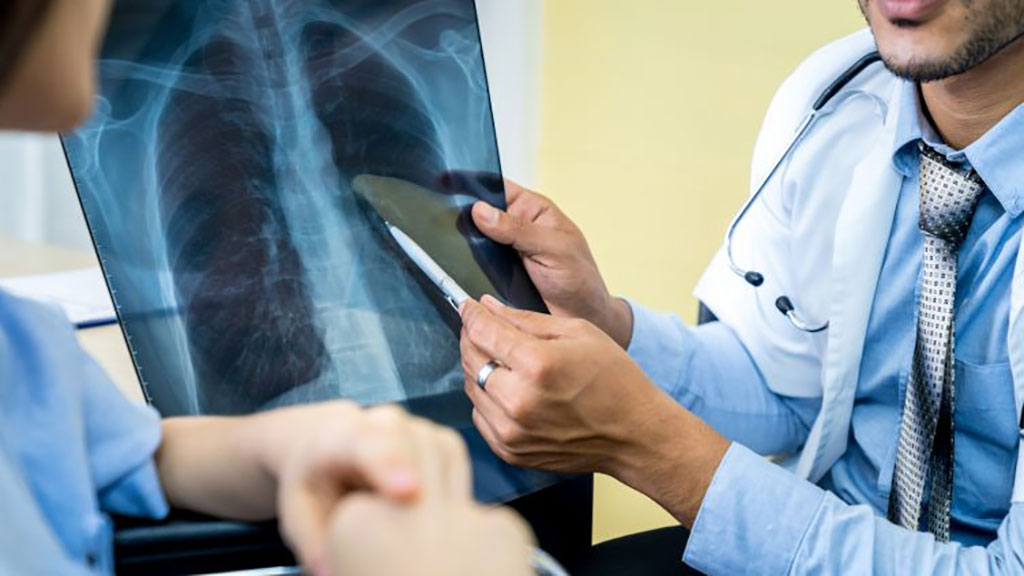
Illustration
Early findings from a study into longer-term effects of COVID-19 suggest the use of cutting-edge scanning techniques may detect previously unseen lung damage.
Research by the University of Sheffield (Sheffield UK), in collaboration with the University of Oxford (Oxford, UK), is the first in Europe to use hyperpolarized xenon gas with MRI scanning to identify the impact on lung function as patients recover from COVID-19, when standard MR and CT scans may be normal.
In some people, the symptoms of COVID-19 can continue for many months after the infection, which may adversely affect their quality of life, for example many people complain of persistent breathlessness and fatigue. The researchers are investigating possible reasons for patients remaining short of breath following treatment for COVID-19 pneumonia, even after they have been discharged from hospital. They are working with an initial group of 40 patients in Sheffield and Oxford over the next six months. So far, the hyperpolarized xenon MRI technique has identified weakened lung function in all patients who have taken part in the study - this damage to lungs from COVID-19 is not visible on a standard MRI or CT scan.
Hyperpolarized xenon MRI is unique in its ability to measure gas transfer in the lungs with imaging and identify where the damage caused by COVID-19 pneumonia has occurred. Early data suggests that the ability to transfer oxygen from the lungs into the bloodstream when breathing is visibly impaired for some time, even after hospital discharge following COVID-19 pneumonia. This reduction in the function of the lungs detected in the study may be an explanation for some patients experiencing persistent symptoms even with seemingly ‘normal’ results from standard GP and hospital tests. The striking early results have resulted in discussions to expand the study to involve more patients in the community, to identify the overall prevalence of lung damage and the speed of recovery from the virus.
“Hyperpolarized xenon MRI offers a unique means of imaging impairment to oxygen uptake in the lungs caused by COVID-19 infection and its after effects,” said Professor Jim Wild, Head of Imaging and NIHR Research Professor of Magnetic Resonance Physics at the University of Sheffield. “In other fibrotic lung diseases we have shown the methods to be very sensitive to this impairment and we hope the work can help understand COVID-19 lung disease.”
“We may be getting an insight into why some patients have symptoms long after they have left hospital, and when other tests are normal,” said Professor Fergus Gleeson, Consultant Radiologist at Oxford University Hospitals NHS Foundation Trust and the University of Oxford’s Head of Academic Radiology. “This may help us identify patients that may potentially benefit from treatment even after discharge, for example with steroids or other therapies.”
Related Links:
The University of Sheffield
University of Oxford
Research by the University of Sheffield (Sheffield UK), in collaboration with the University of Oxford (Oxford, UK), is the first in Europe to use hyperpolarized xenon gas with MRI scanning to identify the impact on lung function as patients recover from COVID-19, when standard MR and CT scans may be normal.
In some people, the symptoms of COVID-19 can continue for many months after the infection, which may adversely affect their quality of life, for example many people complain of persistent breathlessness and fatigue. The researchers are investigating possible reasons for patients remaining short of breath following treatment for COVID-19 pneumonia, even after they have been discharged from hospital. They are working with an initial group of 40 patients in Sheffield and Oxford over the next six months. So far, the hyperpolarized xenon MRI technique has identified weakened lung function in all patients who have taken part in the study - this damage to lungs from COVID-19 is not visible on a standard MRI or CT scan.
Hyperpolarized xenon MRI is unique in its ability to measure gas transfer in the lungs with imaging and identify where the damage caused by COVID-19 pneumonia has occurred. Early data suggests that the ability to transfer oxygen from the lungs into the bloodstream when breathing is visibly impaired for some time, even after hospital discharge following COVID-19 pneumonia. This reduction in the function of the lungs detected in the study may be an explanation for some patients experiencing persistent symptoms even with seemingly ‘normal’ results from standard GP and hospital tests. The striking early results have resulted in discussions to expand the study to involve more patients in the community, to identify the overall prevalence of lung damage and the speed of recovery from the virus.
“Hyperpolarized xenon MRI offers a unique means of imaging impairment to oxygen uptake in the lungs caused by COVID-19 infection and its after effects,” said Professor Jim Wild, Head of Imaging and NIHR Research Professor of Magnetic Resonance Physics at the University of Sheffield. “In other fibrotic lung diseases we have shown the methods to be very sensitive to this impairment and we hope the work can help understand COVID-19 lung disease.”
“We may be getting an insight into why some patients have symptoms long after they have left hospital, and when other tests are normal,” said Professor Fergus Gleeson, Consultant Radiologist at Oxford University Hospitals NHS Foundation Trust and the University of Oxford’s Head of Academic Radiology. “This may help us identify patients that may potentially benefit from treatment even after discharge, for example with steroids or other therapies.”
Related Links:
The University of Sheffield
University of Oxford
Latest MRI News
- Cutting-Edge MRI Technology to Revolutionize Diagnosis of Common Heart Problem
- New MRI Technique Reveals True Heart Age to Prevent Attacks and Strokes
- AI Tool Predicts Relapse of Pediatric Brain Cancer from Brain MRI Scans
- AI Tool Tracks Effectiveness of Multiple Sclerosis Treatments Using Brain MRI Scans
- Ultra-Powerful MRI Scans Enable Life-Changing Surgery in Treatment-Resistant Epileptic Patients
- AI-Powered MRI Technology Improves Parkinson’s Diagnoses
- Biparametric MRI Combined with AI Enhances Detection of Clinically Significant Prostate Cancer
- First-Of-Its-Kind AI-Driven Brain Imaging Platform to Better Guide Stroke Treatment Options
- New Model Improves Comparison of MRIs Taken at Different Institutions
- Groundbreaking New Scanner Sees 'Previously Undetectable' Cancer Spread
- First-Of-Its-Kind Tool Analyzes MRI Scans to Measure Brain Aging
- AI-Enhanced MRI Images Make Cancerous Breast Tissue Glow
- AI Model Automatically Segments MRI Images
- New Research Supports Routine Brain MRI Screening in Asymptomatic Late-Stage Breast Cancer Patients
- Revolutionary Portable Device Performs Rapid MRI-Based Stroke Imaging at Patient's Bedside
- AI Predicts After-Effects of Brain Tumor Surgery from MRI Scans
Channels
Radiography
view channel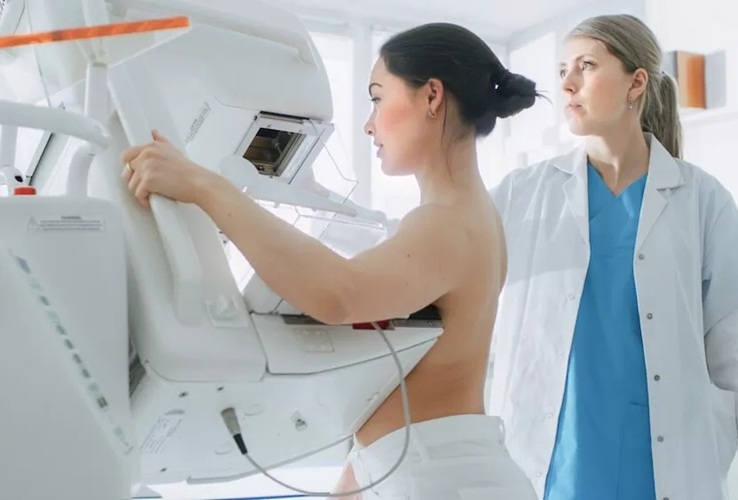
AI Improves Early Detection of Interval Breast Cancers
Interval breast cancers, which occur between routine screenings, are easier to treat when detected earlier. Early detection can reduce the need for aggressive treatments and improve the chances of better outcomes.... Read more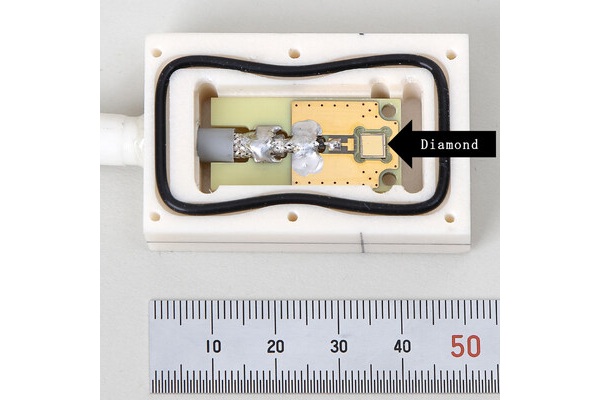
World's Largest Class Single Crystal Diamond Radiation Detector Opens New Possibilities for Diagnostic Imaging
Diamonds possess ideal physical properties for radiation detection, such as exceptional thermal and chemical stability along with a quick response time. Made of carbon with an atomic number of six, diamonds... Read moreMRI
view channel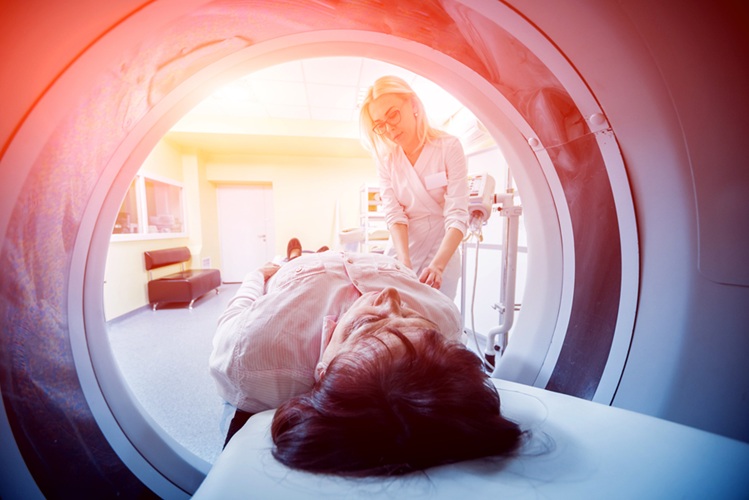
Cutting-Edge MRI Technology to Revolutionize Diagnosis of Common Heart Problem
Aortic stenosis is a common and potentially life-threatening heart condition. It occurs when the aortic valve, which regulates blood flow from the heart to the rest of the body, becomes stiff and narrow.... Read more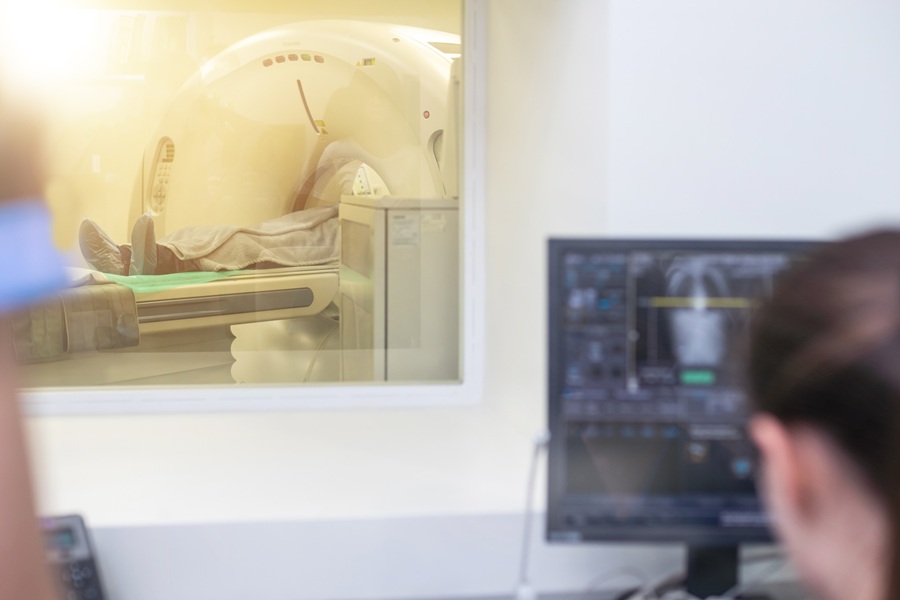
New MRI Technique Reveals True Heart Age to Prevent Attacks and Strokes
Heart disease remains one of the leading causes of death worldwide. Individuals with conditions such as diabetes or obesity often experience accelerated aging of their hearts, sometimes by decades.... Read more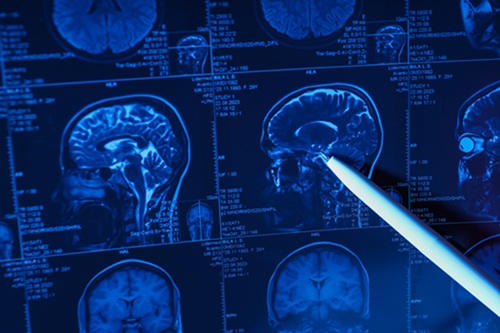
AI Tool Predicts Relapse of Pediatric Brain Cancer from Brain MRI Scans
Many pediatric gliomas are treatable with surgery alone, but relapses can be catastrophic. Predicting which patients are at risk for recurrence remains challenging, leading to frequent follow-ups with... Read more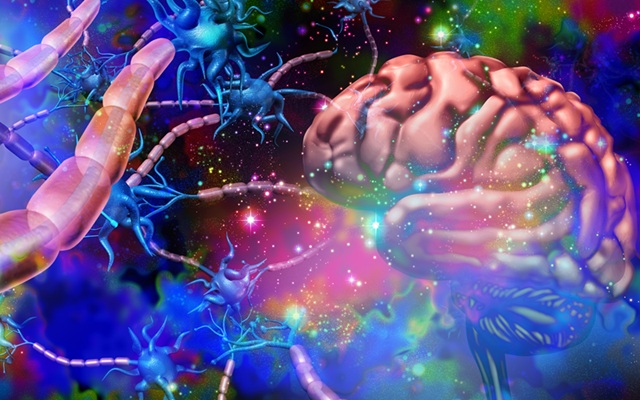
AI Tool Tracks Effectiveness of Multiple Sclerosis Treatments Using Brain MRI Scans
Multiple sclerosis (MS) is a condition in which the immune system attacks the brain and spinal cord, leading to impairments in movement, sensation, and cognition. Magnetic Resonance Imaging (MRI) markers... Read moreUltrasound
view channel.jpeg)
AI-Powered Lung Ultrasound Outperforms Human Experts in Tuberculosis Diagnosis
Despite global declines in tuberculosis (TB) rates in previous years, the incidence of TB rose by 4.6% from 2020 to 2023. Early screening and rapid diagnosis are essential elements of the World Health... Read more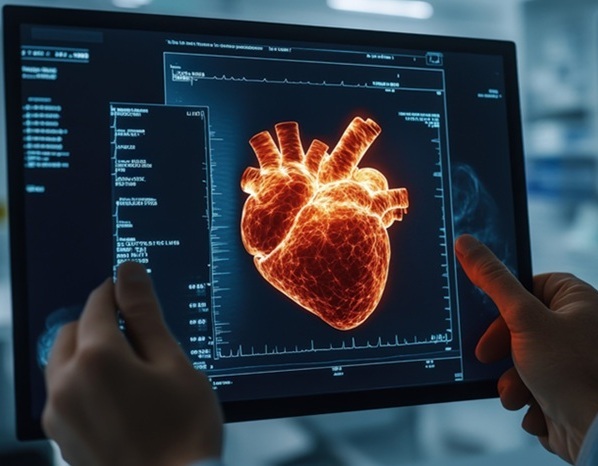
AI Identifies Heart Valve Disease from Common Imaging Test
Tricuspid regurgitation is a condition where the heart's tricuspid valve does not close completely during contraction, leading to backward blood flow, which can result in heart failure. A new artificial... Read moreNuclear Medicine
view channel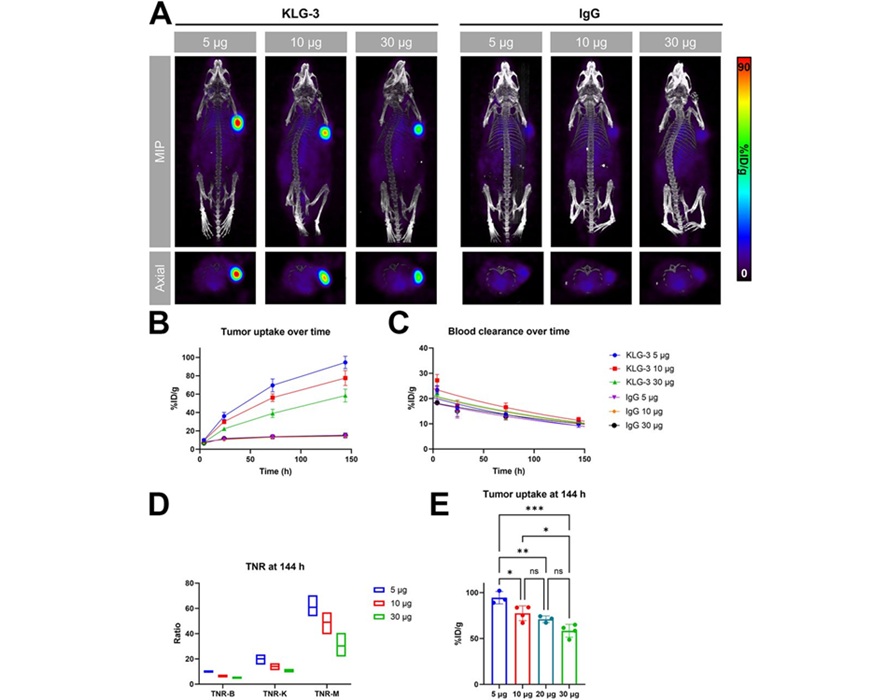
Novel Radiolabeled Antibody Improves Diagnosis and Treatment of Solid Tumors
Interleukin-13 receptor α-2 (IL13Rα2) is a cell surface receptor commonly found in solid tumors such as glioblastoma, melanoma, and breast cancer. It is minimally expressed in normal tissues, making it... Read more
Novel PET Imaging Approach Offers Never-Before-Seen View of Neuroinflammation
COX-2, an enzyme that plays a key role in brain inflammation, can be significantly upregulated by inflammatory stimuli and neuroexcitation. Researchers suggest that COX-2 density in the brain could serve... Read moreGeneral/Advanced Imaging
view channel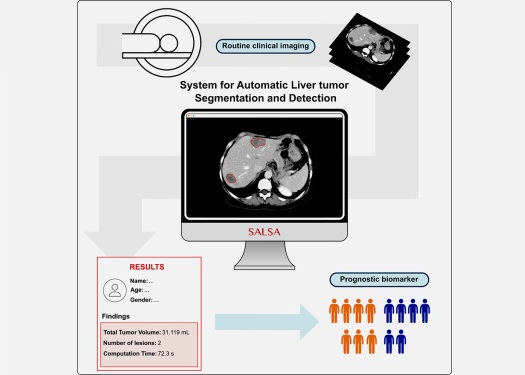
CT-Based Deep Learning-Driven Tool to Enhance Liver Cancer Diagnosis
Medical imaging, such as computed tomography (CT) scans, plays a crucial role in oncology, offering essential data for cancer detection, treatment planning, and monitoring of response to therapies.... Read more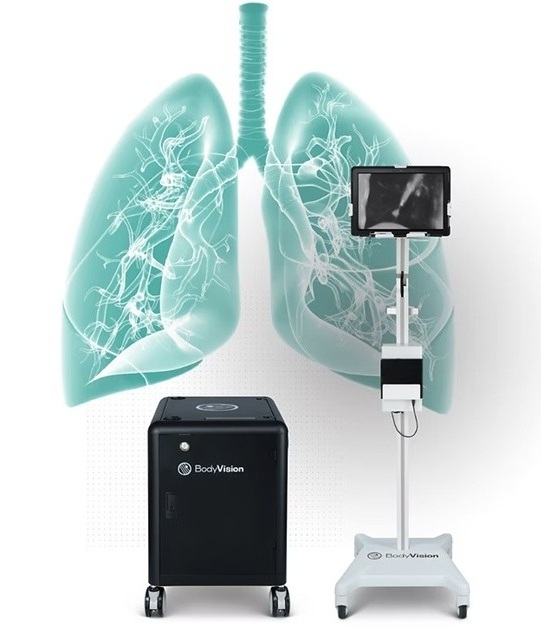
AI-Powered Imaging System Improves Lung Cancer Diagnosis
Given the need to detect lung cancer at earlier stages, there is an increasing need for a definitive diagnostic pathway for patients with suspicious pulmonary nodules. However, obtaining tissue samples... Read moreImaging IT
view channel
New Google Cloud Medical Imaging Suite Makes Imaging Healthcare Data More Accessible
Medical imaging is a critical tool used to diagnose patients, and there are billions of medical images scanned globally each year. Imaging data accounts for about 90% of all healthcare data1 and, until... Read more
Global AI in Medical Diagnostics Market to Be Driven by Demand for Image Recognition in Radiology
The global artificial intelligence (AI) in medical diagnostics market is expanding with early disease detection being one of its key applications and image recognition becoming a compelling consumer proposition... Read moreIndustry News
view channel
GE HealthCare and NVIDIA Collaboration to Reimagine Diagnostic Imaging
GE HealthCare (Chicago, IL, USA) has entered into a collaboration with NVIDIA (Santa Clara, CA, USA), expanding the existing relationship between the two companies to focus on pioneering innovation in... Read more
Patient-Specific 3D-Printed Phantoms Transform CT Imaging
New research has highlighted how anatomically precise, patient-specific 3D-printed phantoms are proving to be scalable, cost-effective, and efficient tools in the development of new CT scan algorithms... Read more
Siemens and Sectra Collaborate on Enhancing Radiology Workflows
Siemens Healthineers (Forchheim, Germany) and Sectra (Linköping, Sweden) have entered into a collaboration aimed at enhancing radiologists' diagnostic capabilities and, in turn, improving patient care... Read more




